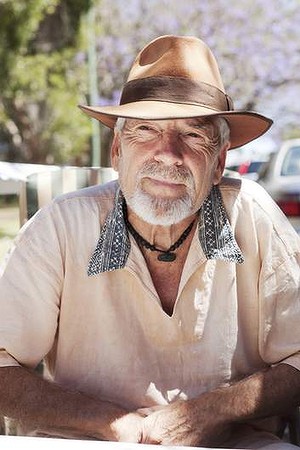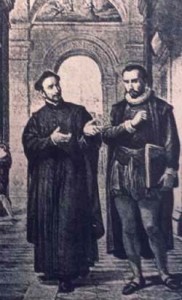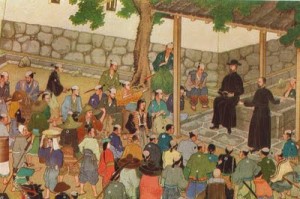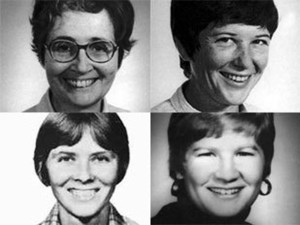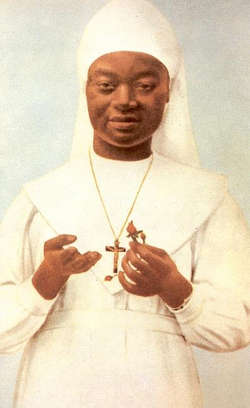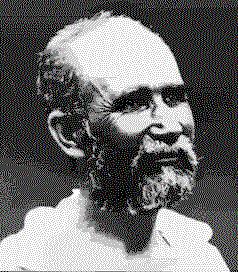This is a great article about faith-based antiwar activists in Australia via War on Trial, The Sydney Morning Herald, Nov. 16, 2013:
“The pair had undertaken what is known internationally as a ‘plowshare,’ a radical form of left-wing Catholic activism in which protesters break into military facilities and damage weapons. Their inspiration comes from a passage in the Book of Isaiah: ‘And they shall beat their swords into plowshares, and their spears into pruning hooks: nation shall not lift up sword against nation, neither shall they learn war any more.’
Clearly guilty, the pair both pleaded not guilty in order to take the matter to court. They wanted to put the military arsenal in the dock and the notion of war on trial in front of a jury – a tradition in the Plowshares movement. ‘There have been some spectacular successes – the juries have gone against all the evidence to say ‘not guilty’, ’ says Dunstan now. ‘Those charged have argued in court that the crime was a moral necessity, that the war had to stop, the government wasn’t going to do anything about it and this was the only means left to us.’
Law, who fellow activists admit was a difficult man to work with, set out to do a plowshare after being inspired by three Christian plowshare activists in New Zealand. In 2008, the trio had broken into the Waihopai spy station and deflated two US radar domes with sickles; they were subsequently found not guilty by a jury. “Bryan wanted to do it here; he wanted to embody the prophesy of Isaiah,” says Dunstan, a devout Buddhist.
The fact that a Christian and Buddhist faced trial over a high-profile act of civil disobedience is indicative of the state of Australia’s peace movement. While the scene is made up of all sorts – socialists, greens, communists, unions, aid groups and students, all sharing opposition to war, nuclear weapons and military bases – in recent years it is largely faith-based activists who have been undertaking the more noticeable acts of non-violent civil disobedience, known as “the arrestables” in protest parlance.
